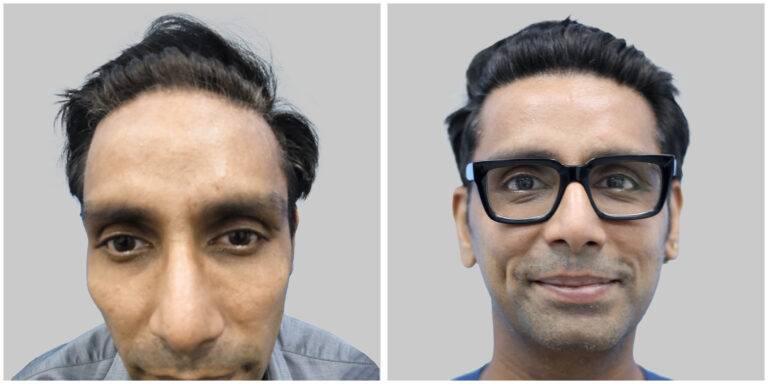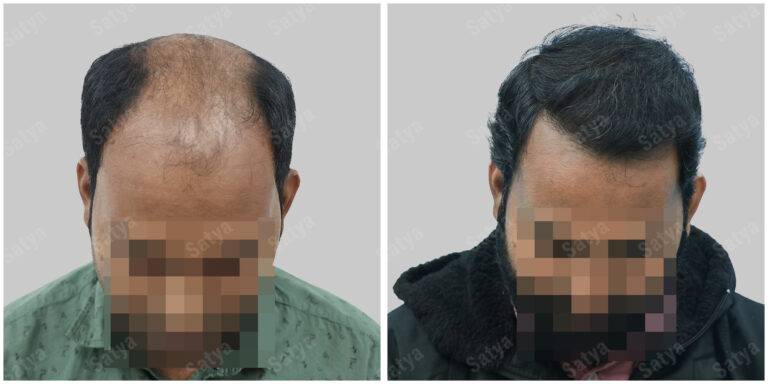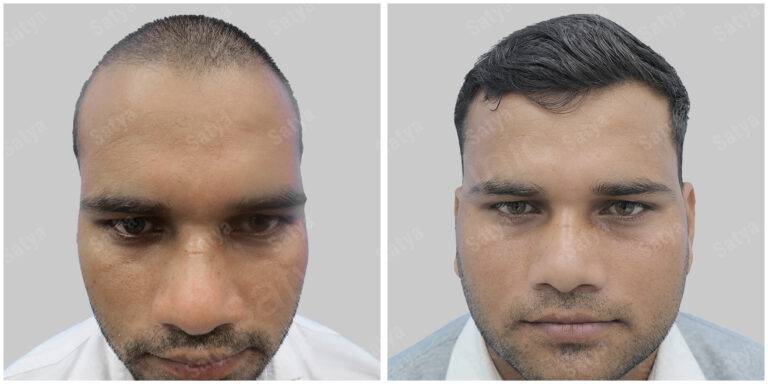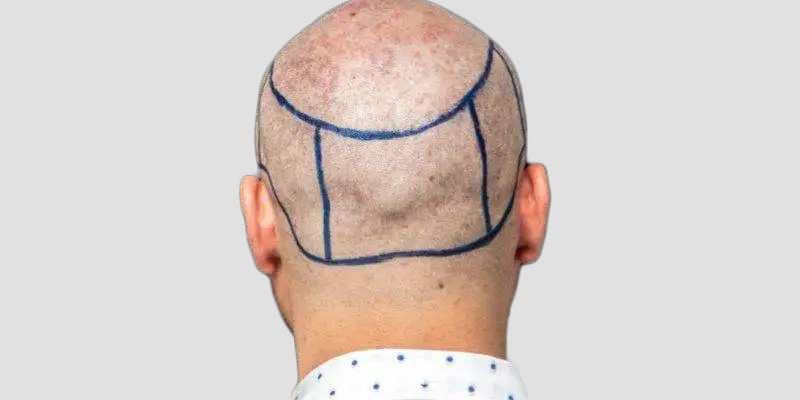
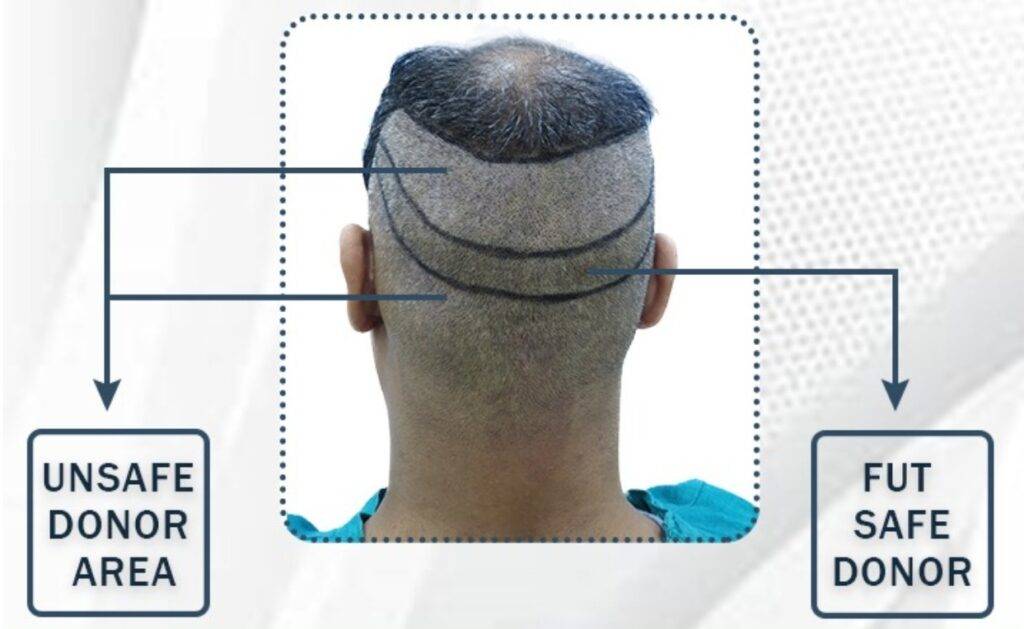
What is the Donor Area in Hair Transplant?
Typically, the optimal donor area resides along the sides and back of the human scalp. This preference arises from the fact that hair growth in these regions remains impervious to the influence of dihydrotestosterone (DHT), a hormone linked to hair loss. As a result, hair in these areas maintains its permanence.
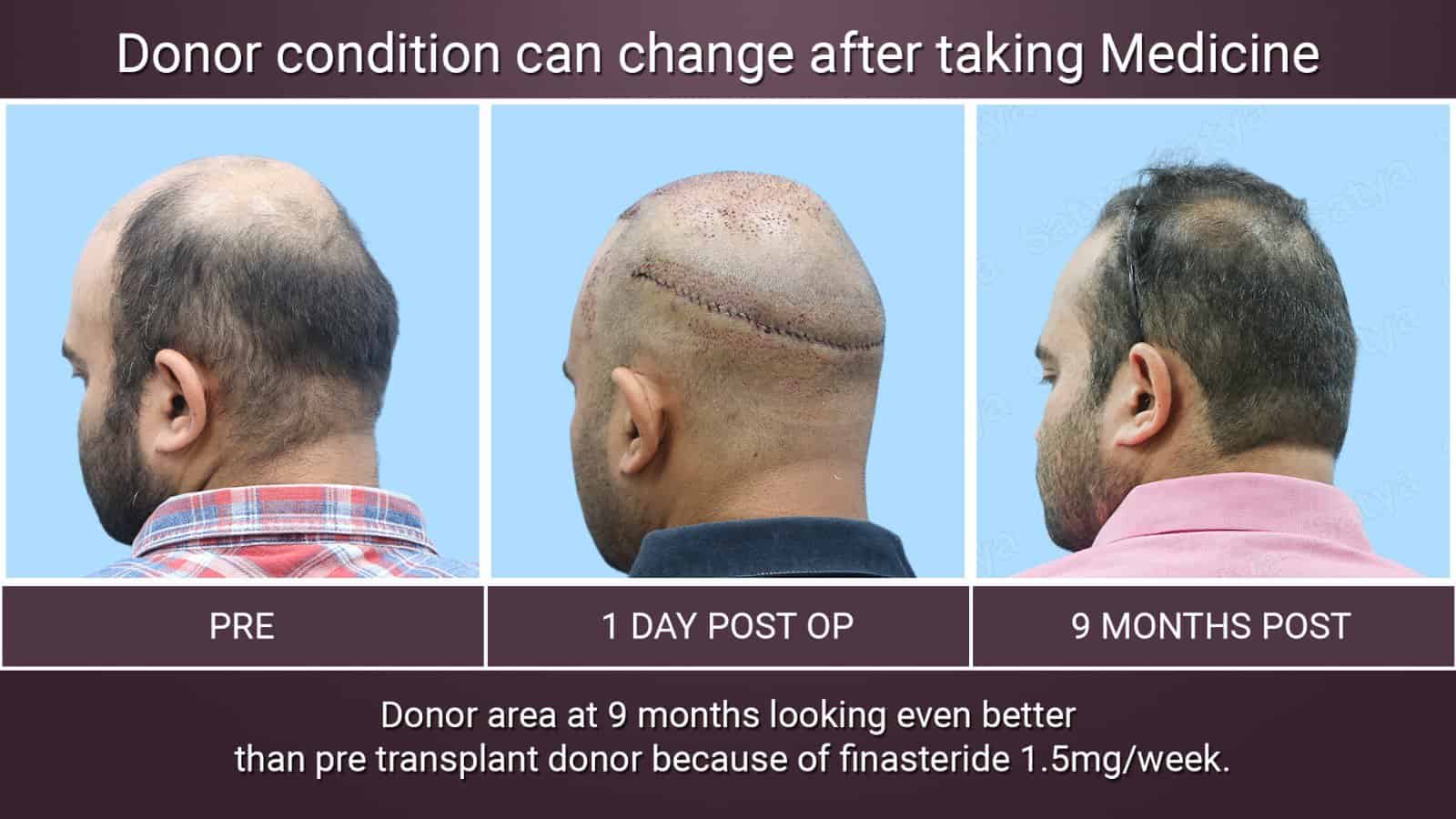
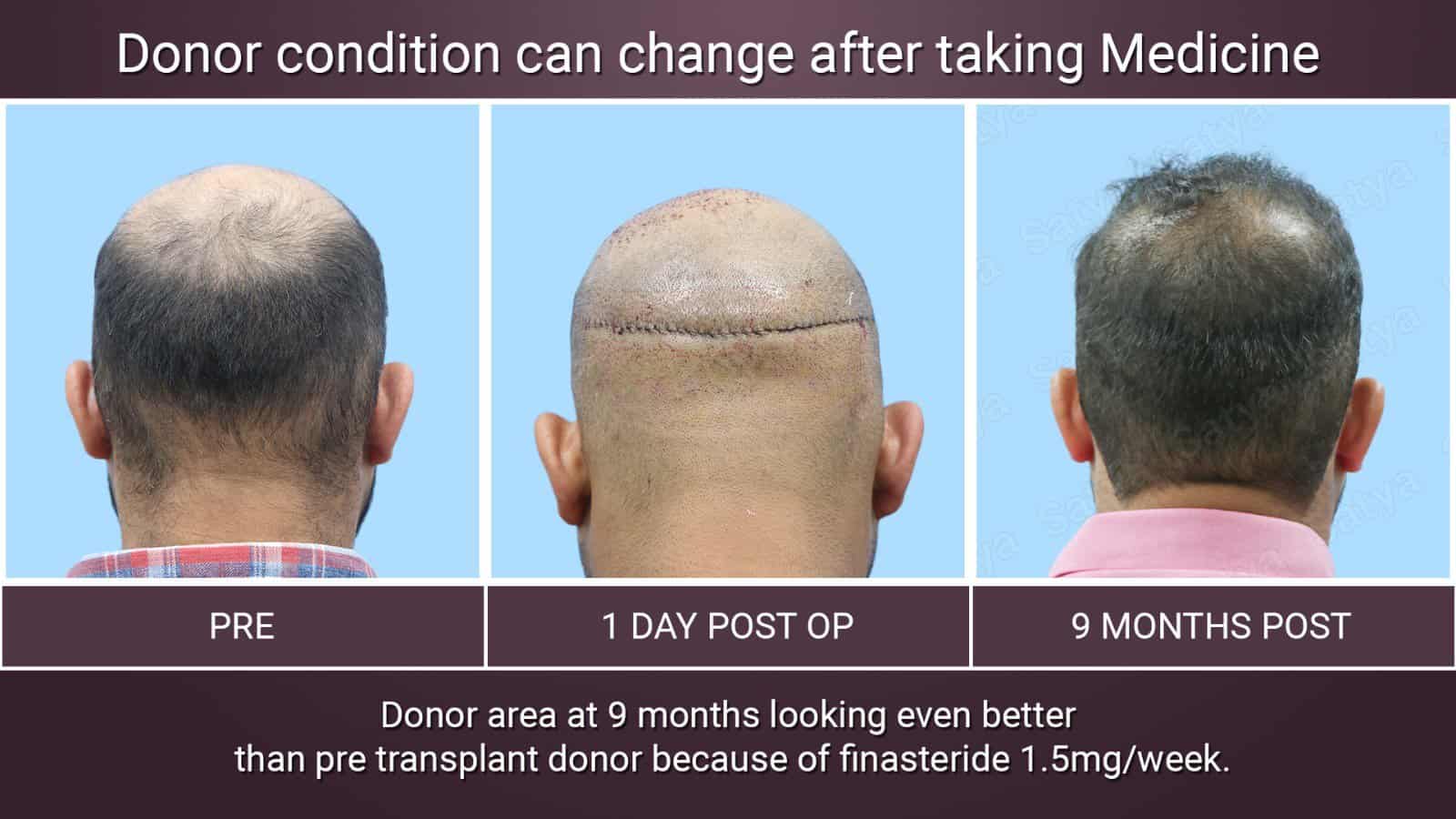
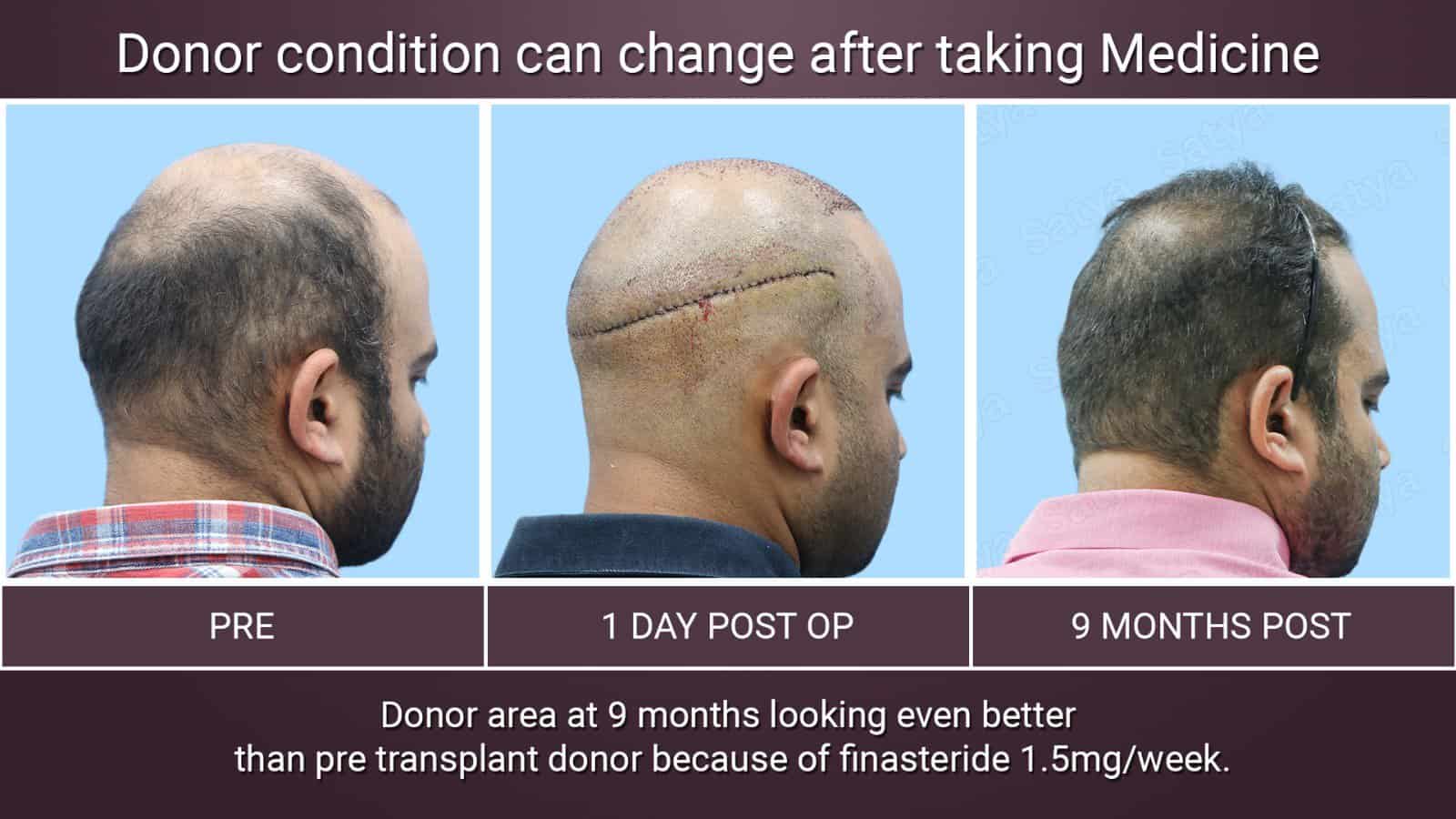
Various factors come into play when determining the outcome of a hair transplant procedure. These factors encompass the texture, caliber, curl, and color of the extracted hair follicles. The quality and finesse of the transplanted hair essentially define the procedure’s outcome, given that the surgeon predominantly works with the hair itself.

Maximizing the Donor Area's Potential
When the posterior portion of the head is chosen as the primary donor area, the hair transplant specialist will relocate hair from this area to the bald or recipient region. A pre-operative consultation is essential to define the key characteristics of the hair effectively. This step ensures the success of the hair transplant procedure.
It’s imperative to acknowledge that not all donor areas are created equal in terms of the hair they can provide. Doctors typically favor scalp hairs around the occipital and adjacent temporal areas due to their permanence.

Donor Area Management
The donor area plays a pivotal role in the hair transplant procedure. Since an individual’s lifetime only provides a limited number of donor hairs, a surgeon cannot afford to squander any of them. Thus, hair transplant surgeons must possess comprehensive knowledge of both FUE hair Transplant (Follicular Unit Extraction) and Follicular Unit Transplantation (FUT) hair transplant techniques.
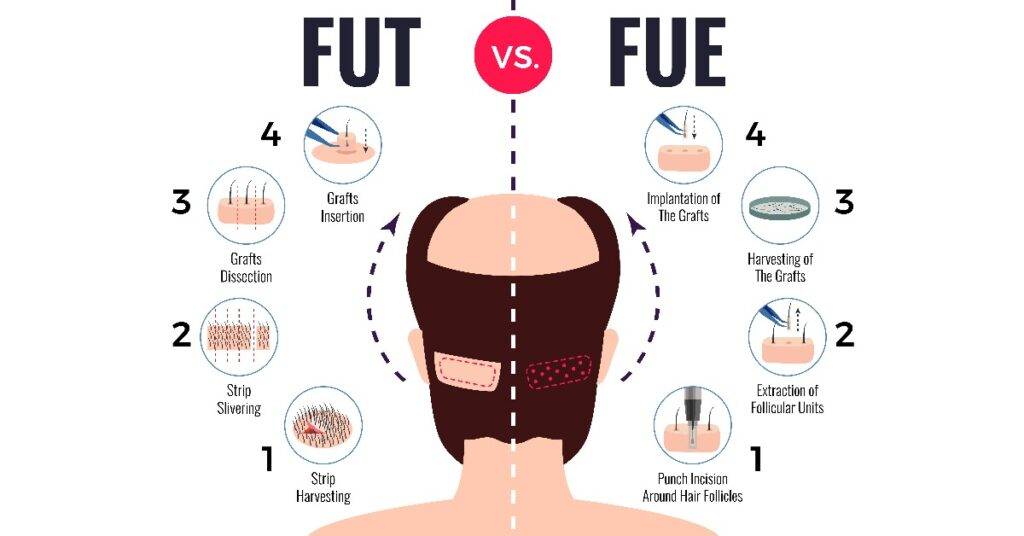
A surgeon who exclusively specializes in either FUE hair transplant or FUT hair transplant would fail to maximize the donor area’s potential. Attempting multiple extractions from the same donor area, whether using FUE or FUT alone, can lead to donor area damage and significant wastage. This can result in the thinning of the posterior head region. Therefore, selecting the appropriate hair transplant technique while working with the donor area is a crucial consideration.

Exploring Alternative Donor Sites
In cases where the scalp’s donor areas are unsuitable, the next viable donor site to explore is the beard. Beard hair transplant exhibits natural resistance to DHT and is inherently thick. Hair transplant experts worldwide frequently combine scalp and beard hair, despite potential reservations. Should you have any inquiries about the procedure, it’s advisable to consult with an expert to address your concerns and make informed decisions.
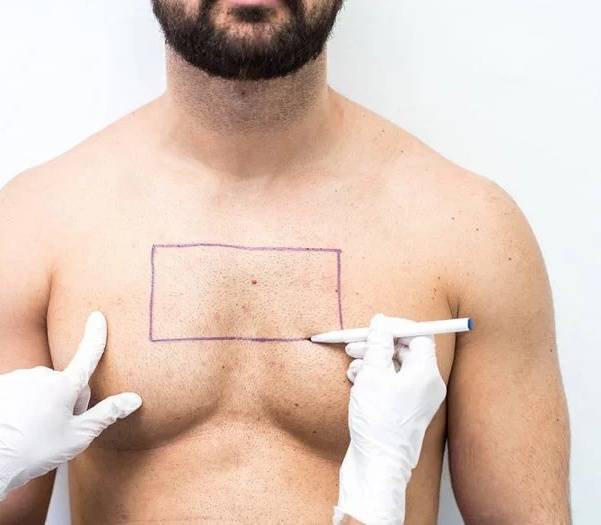


Book an appointment
Consultation

Repair

Blog

Galleries


